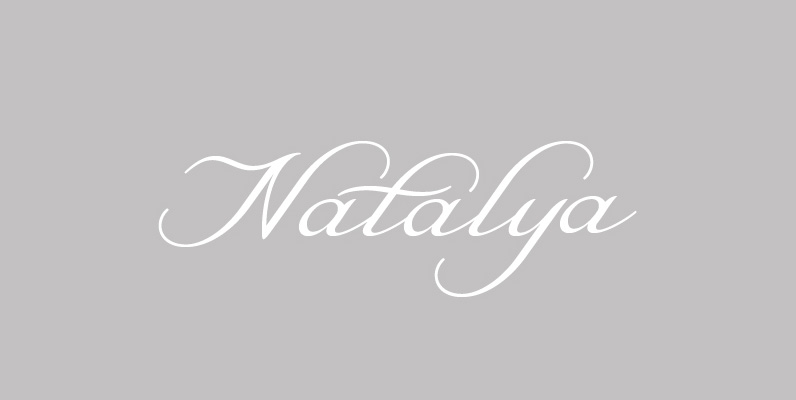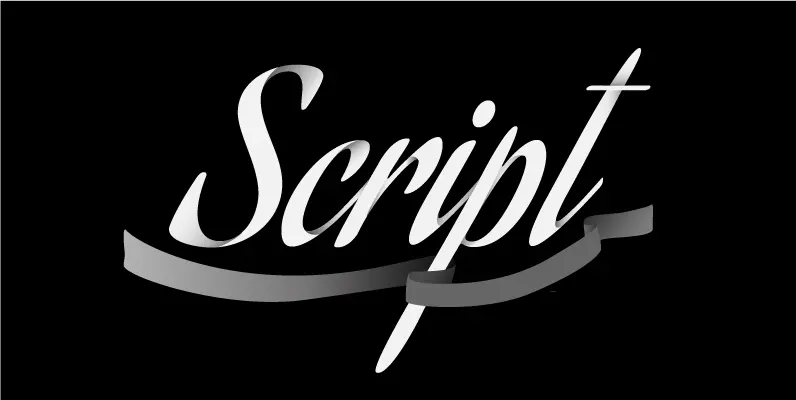Operina is based on a 16th century lettering model of the scribe Ludovico degli Arrighi (Vicentino Ludovico degli Arrighi) used in his 1522 instructional lettering book, “La Operina da Imparare di scrivere littera Cancellarescha.” This book contains what is considered to be the earliest printed examples of Chancery Cursive.
Rather than try to reproduce a perfect, smooth, type-like version of Ludovico’s hand, which has been attempted in the past, the designer opted to leave in some rough edges and, thereby, create a look that mimics the endearing artifacts of quill and ink lettering on parchment.
When reviving an old style, a designer is faced with many challenging
decisions, such as whether to aim for ultimate authenticity or to modify the alphabet for modern use. The decision here was to create a font that
resembles the 16th century Italian hand-lettering master’s, but also one that is useful to the contemporary user.
Because the letters U u W w J j and our modern Arabic numerals were not in use during the advent of these original letterforms, these had to be
interpolated. To make a complete and useable font set, we also had to fashion many of the extra and diacritical characters to match the look of the alphabet.
There are three fonts in this set: Romano (simple), Corsivo (more complex), and Fiore (swash). Romano is the most subdued, it contains Roman looking caps and has lining figures. Corsivo is more elaborate, it has more decorative capital letters and an alternate version of the lower case with longer ascenders and descenders, and old style figures. Fiore, the swash font, is the most elaborate with the longest ascenders and descenders. You may not wish to use the Fiore version on its own, especially as all caps; it is meant to enhance the other two alphabets because it contains the most elaborate capitals and has many extra ligatures.
We know you’ll find good uses for Operina for invitations to special events,
arts programs, restaurant menus, and more- we look forward to seeing them!
Designed by James Grieshaber.

